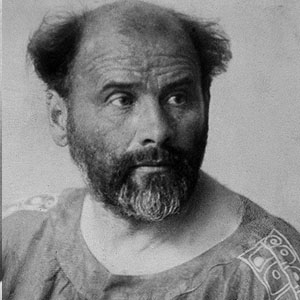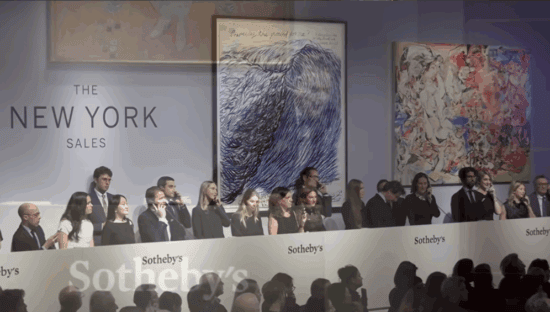
The repatriation of art that was abandoned, stolen, or sold during World War II is a popular topic. One in particular that has been in the news lately is Gustav Klimt’s 1902 oil on canvas, Portrait of Gertrud Loew. Gertrud Loew, portrayed in the work, along with her late husband Elemer Baruch von Felsöványi inherited the work from her father. However in 1939 with the Nazi occupation, Gertrude fled Vienna for the United States. After her departure, the painting found itself in the hands of Klimt's son Gustav Ucicky.
Ucicky passed away in 1961 and the ownership then fell to his wife Ursula who started the Klimt Foundation in 2013 to preserve her father-in-law’s legacy. Upon notification that the ownership of Portrait of Gertrud Loew was being contested, the foundation vowed to assist. A legal team then determined that the portrait did belong to the Felsöványi family and the portrait along with five drawings that also originally belonged to the family were returned.
In an interesting turn of events however, both the heirs and the Klimt Foundation have agreed to auction the painting and share the profits, which is estimated to sell for around $25 million. This brings to mind another case of a Klimt work that was only recently repatriated to the heirs of the Jewish refugee Maria Altmann. Maria was forced to flee her hometown of Vienna during World War II and fought for her right of ownership after the war of Klimt’s Portrait of Adele Bloch-Bauer I (1907) which was recently portrayed in the movie Woman in Gold ( womaningoldmovie.com ).
Repatriation is a difficult issue for any country to address, but for artwork still contested after World War II there appears to be more of a willingness for research to occur and shared resources between organizations and individuals. This is of course wonderful to see as the more frequently it occurs the more artwork will be revealed, however there is still along way to go.
Further reading:


